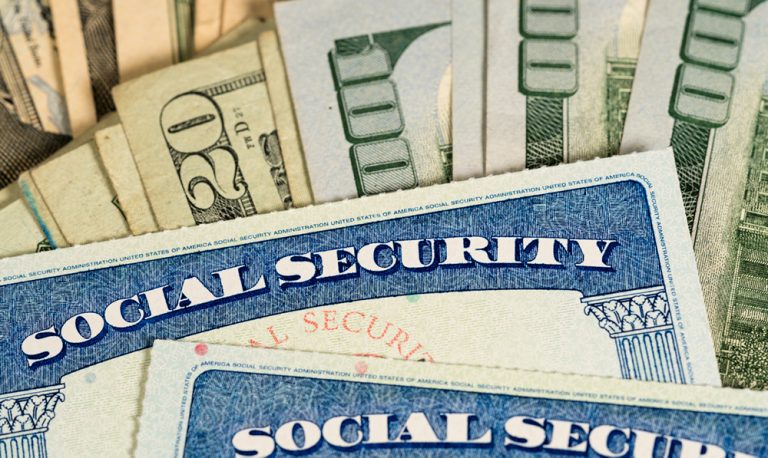Investing in Savings Bonds is a popular choice for those seeking a low-risk investment option that supports the Federal Government. These bonds are backed by the government, making them a safe investment. However, it’s worth noting that they bear low interest rates and may require you to hold onto them for several years before cashing them in, which could result in loss of interest. Nonetheless, Savings Bonds are exempt from State and Local taxes. One potential downside is that they are paper investments, which can be inconvenient if you misplace your certificate before redeeming it. To redeem your Savings Bond, you will need to have your signature verified by a Certifying Officer.
What Is a Savings Bond?
If you’re looking for a safe investment option, a United States Savings Bond is a type of government bond that may be worth considering. These bonds help fund Federal spending and work by providing a loan to the Federal government that pays out interest when redeemed at a specific point of maturity. Since the Great Depression, Savings Bonds have been a reliable investment option that provides the government with necessary immediate funding and investors with interest payments several years later.
Savings Bonds are a popular investment option in the United States. These bonds are available at half their face value and can be redeemed for full face value within 15 to 30 years. While the returns on Savings Bonds may not be as high as those from the Stock Market, they are a safe and secure investment option as they are federally insured. In fact, Savings Bonds are designed to ensure that investors receive back more money than they initially invested. These bonds usually offer a fixed rate of interest.
State and Local governments do not tax the interest earned from U.S. Savings Bonds. Additionally, the terms of these bonds are non-negotiable and cannot be easily transferred. But what happens if you are unable to locate your Savings Bond when you are ready to redeem it, 30 years after purchasing it? While records of U.S. Savings Bond purchases are kept, you will need to have a Certifying Officer verify your purchase and, crucially, your signature, at the time of redemption.
Certifying Officer
Depository institutions, such as banks, have officers and employees who are authorized Certifying Officers. Their main responsibility is to verify signatures on specific certifications, including United States Savings Bonds. To confirm a person’s signature, the Certifying Officer must use a seal and stamp, provided the institution is authorized to pay U.S. Savings Bonds.
A Certifying Agent is not the same as a Notary Republic. In addition to judges and clerks in the United States Courts, Certifying Agents can also be members of the U.S. Treasury, officers and employees of a corporate credit union or Federal banking institution. However, they must first be designated by the Commissioner or Deputy Commissioner of Fiscal Service.
To certify a signature outside of the United States of America, an authorized Certifying Officer must either be a U.S. diplomat or consular official, a manager and officer of foreign branches of U.S. depository institutions, or a Notary Public or officer authorized by a United States diplomatic or consular office official to administer oaths and authorize signatures.
History of Savings Bonds
In 1935, President Franklin D. Roosevelt introduced United States Savings Bonds as a tool to combat the Great Depression. The United States Treasury Department issued the first federally backed Series A Savings Bond that year. The Series E Savings Bond, also known as “Defensive Bonds”, was launched in 1941 to finance World War II. Following the Japanese attack on Pearl Harbor, the name was changed to “War Savings Bonds” and all invested money was directed towards the war efforts.
Several types of United States Savings Bonds have been issued over the years, each with its own set of conditions regarding interest and redemption. The Series EE Bond, which was introduced in 1980 to replace the Series E Bond, is sold at half its face value and reaches full value in 20 years, just like its predecessor. In 1998, the Series I Savings Bond was introduced, which is sold at face value with adjustments for inflation and deflation. The Series HH Bond, a non-marketable 20-year bond, was discontinued in August 2004. To purchase or redeem a U.S. Savings Bond, one must be a United States citizen, resident, or a U.S. government employee.
Types of Savings Bonds
In the United States, there exist various types of U.S. Savings Bonds. One of them is the Non-Marketable Bond that can solely be obtained from the U.S. Government and is non-transferrable. Unlike other Savings Bonds, the value of Non-Marketable Bond remains constant. Another type is the Purchase Bond that requires a minimum investment of $25 and a maximum investment of $10,000.
To redeem these bonds, you need to have an account open on the U.S. Treasury Department’s website as they can only be redeemed electronically. These types of bonds are also known as “zero coupon bonds” or Interest Payment Savings Bonds. The interest on these bonds is not earned until they are redeemed on their maturity date. Early Redemption Bonds have a maturity date that falls between 15 and 30 years, and if redeemed earlier, it must not be before 12 months after the purchase of the bond.
If you have an Early Redemption Bond, you have the option to redeem it within the first five years. However, keep in mind that the last three months of interest on the Bond will be forfeited. Additionally, there is a Tax Consequence Savings Bond, which, like other Savings Bonds, exempts the interest earned from State and Local taxes. Federal tax applies, but only in the year of maturity or after 30 years when interest stops accruing. It’s worth noting that this type of Bond may be exempt from taxes upon redemption if the proceeds are used to pay for higher education.
Also Read:
- What Makes Beanie Baby Jake the Mallard Duck Worth $900?
- What Makes Beanie Baby Peanut the Elephant Worth $7,000?
- What Makes the Omani Rial an Expensive Currency?
- List Of Top Five Expensive Barbie Dolls in History



